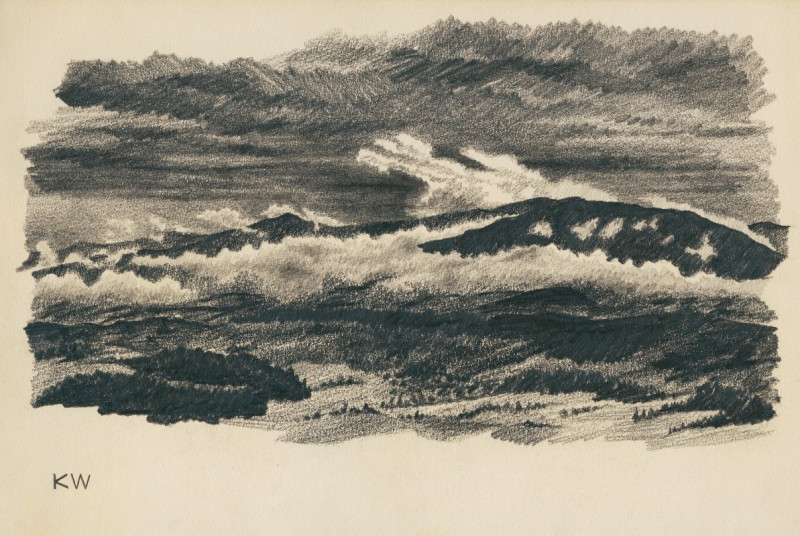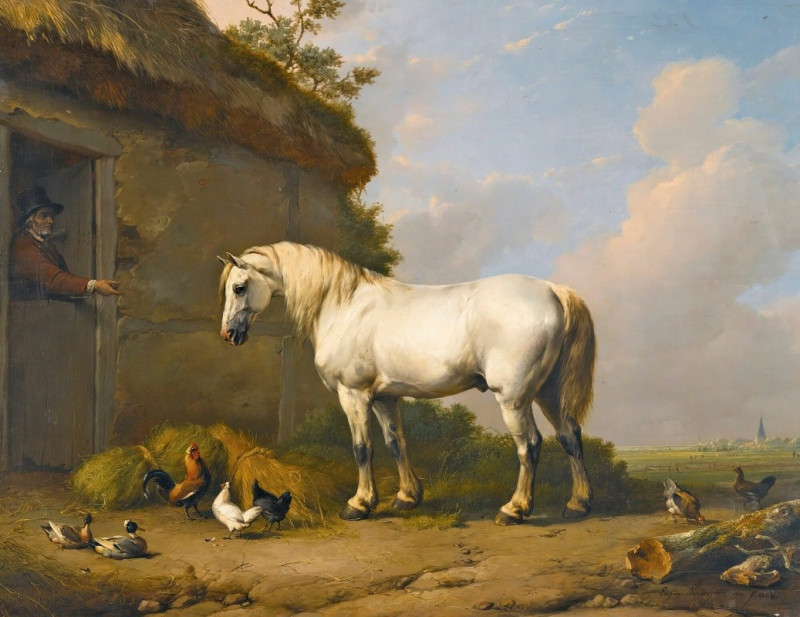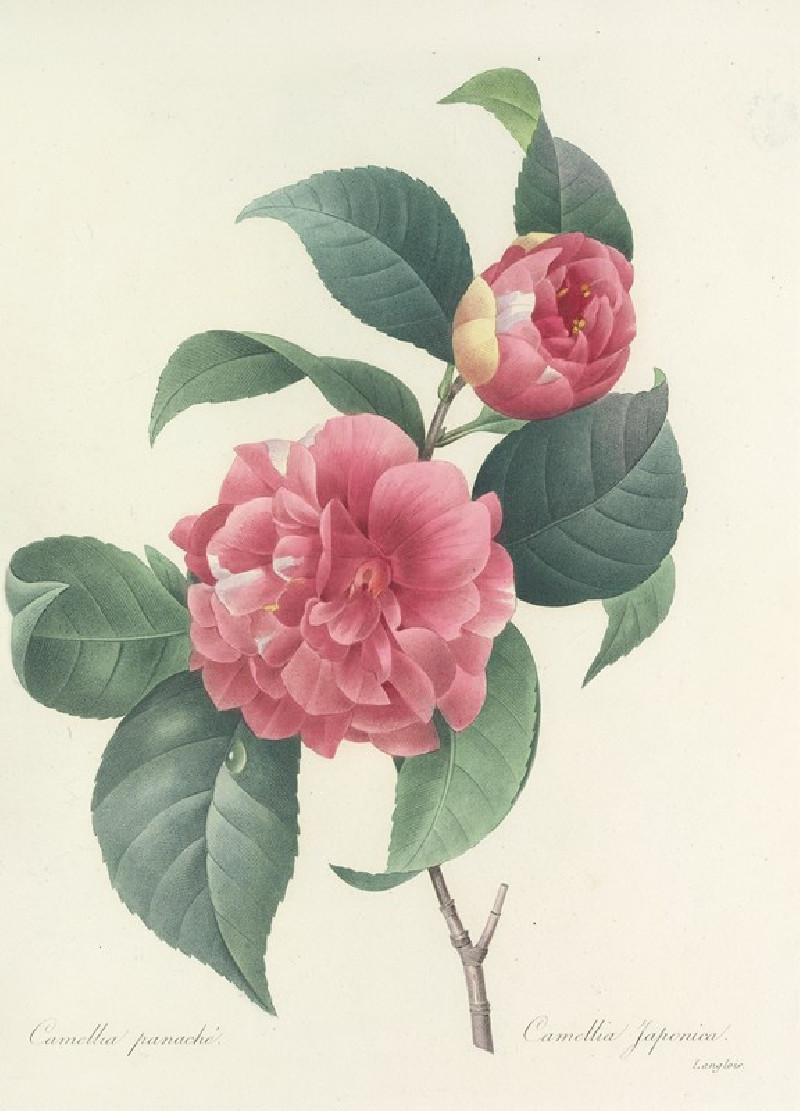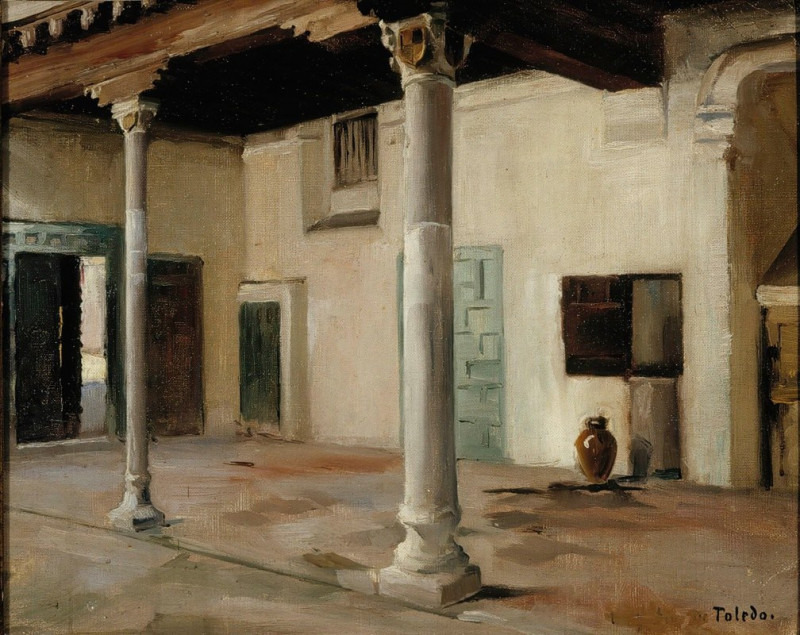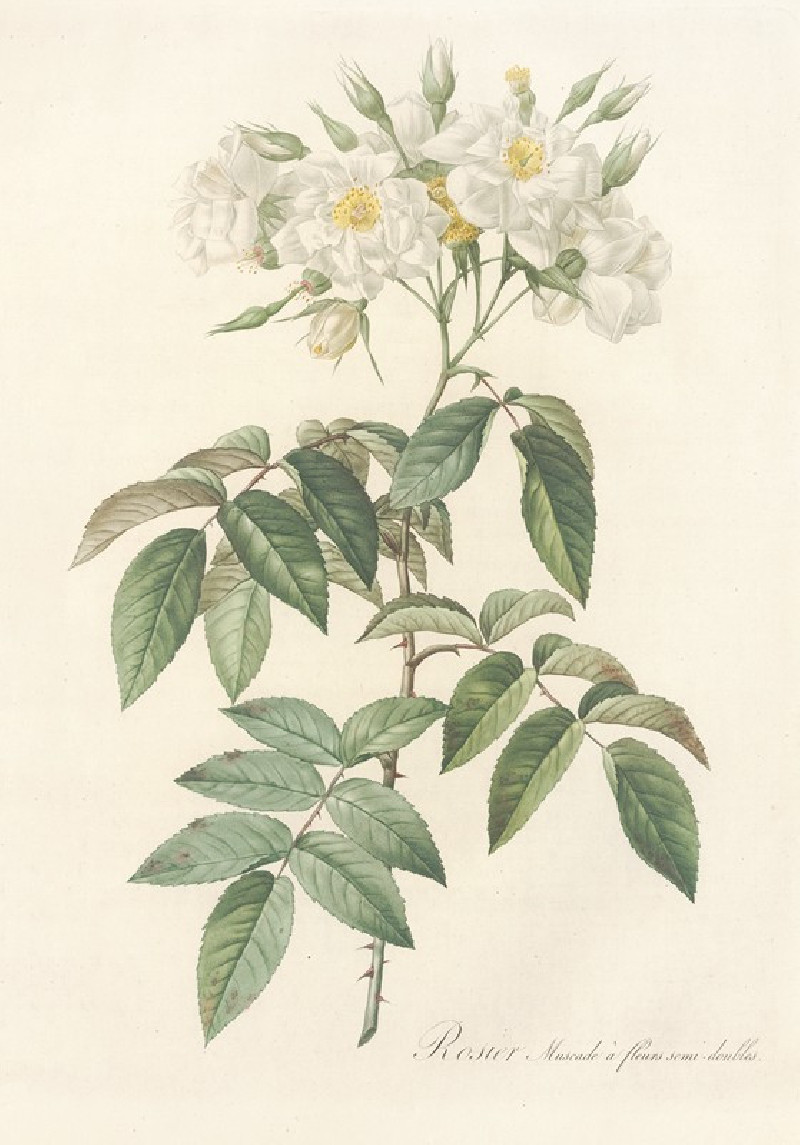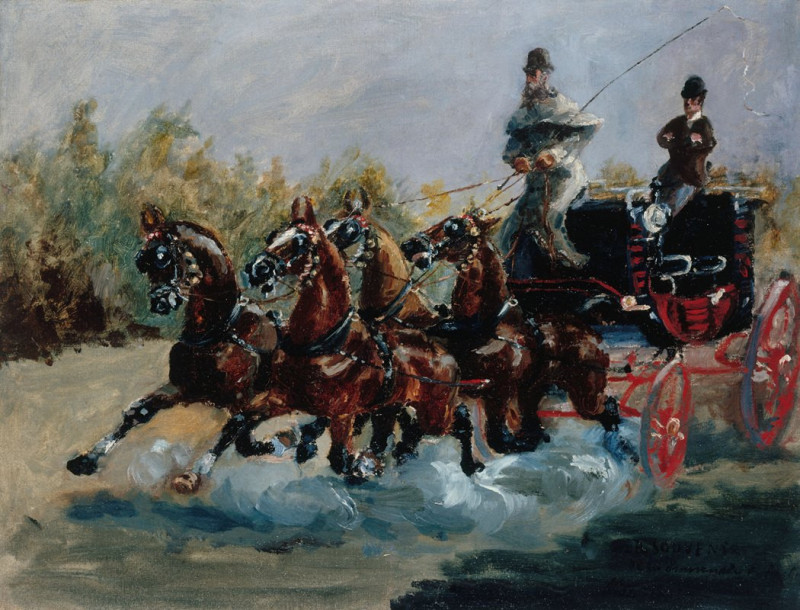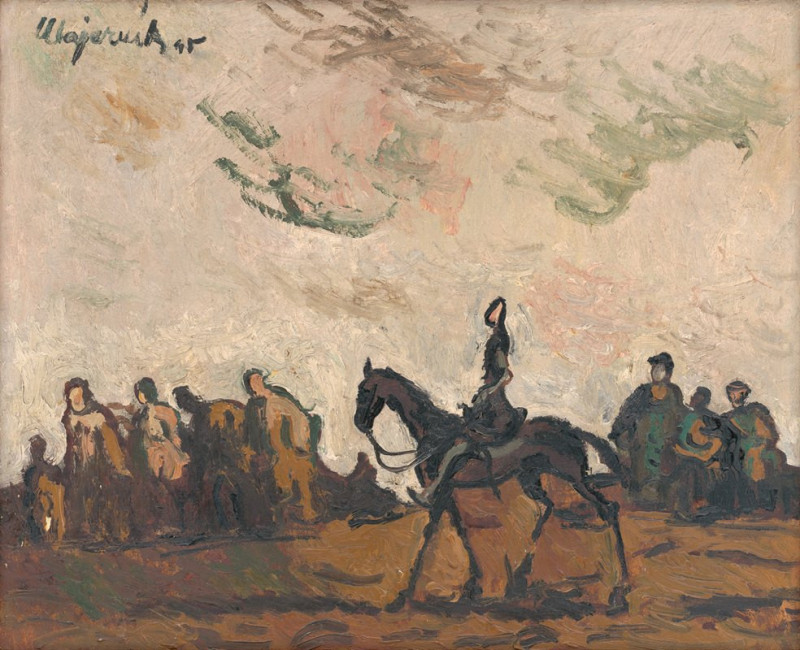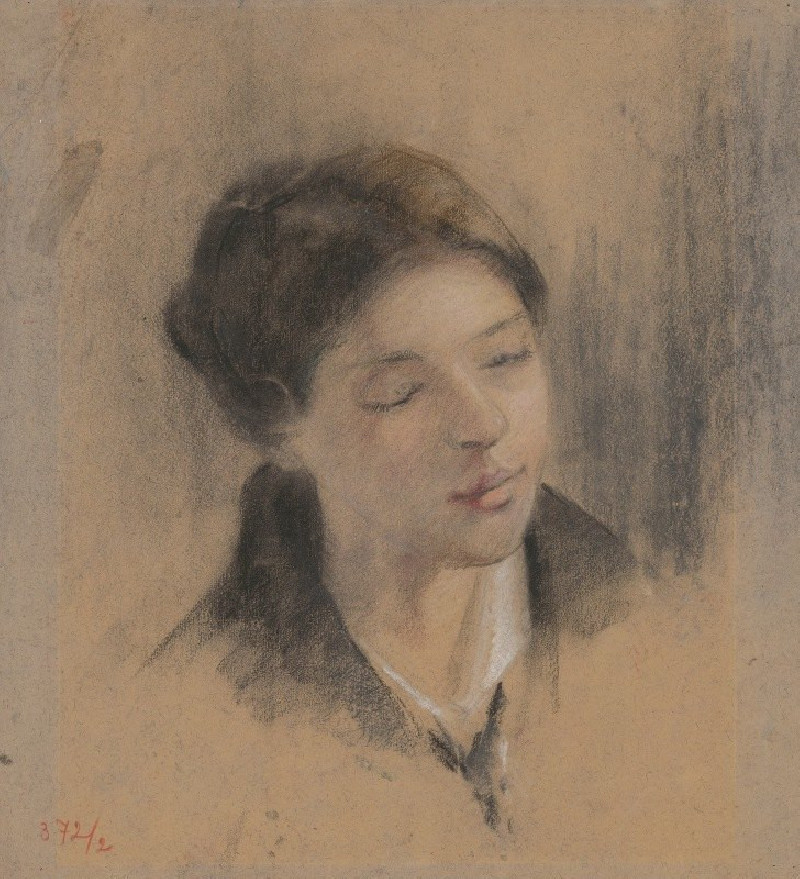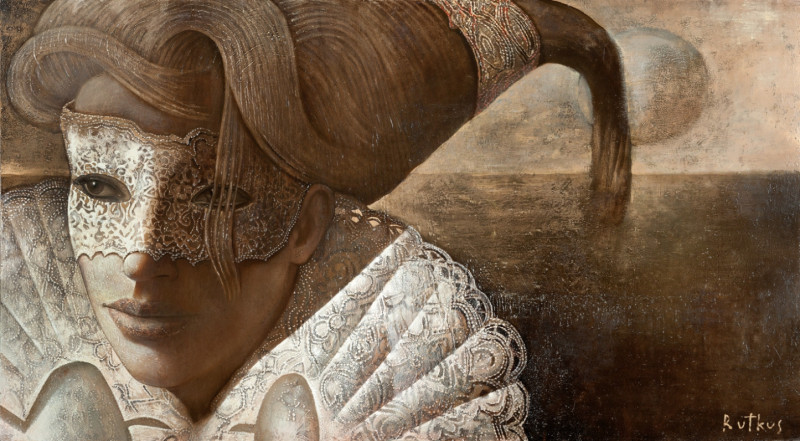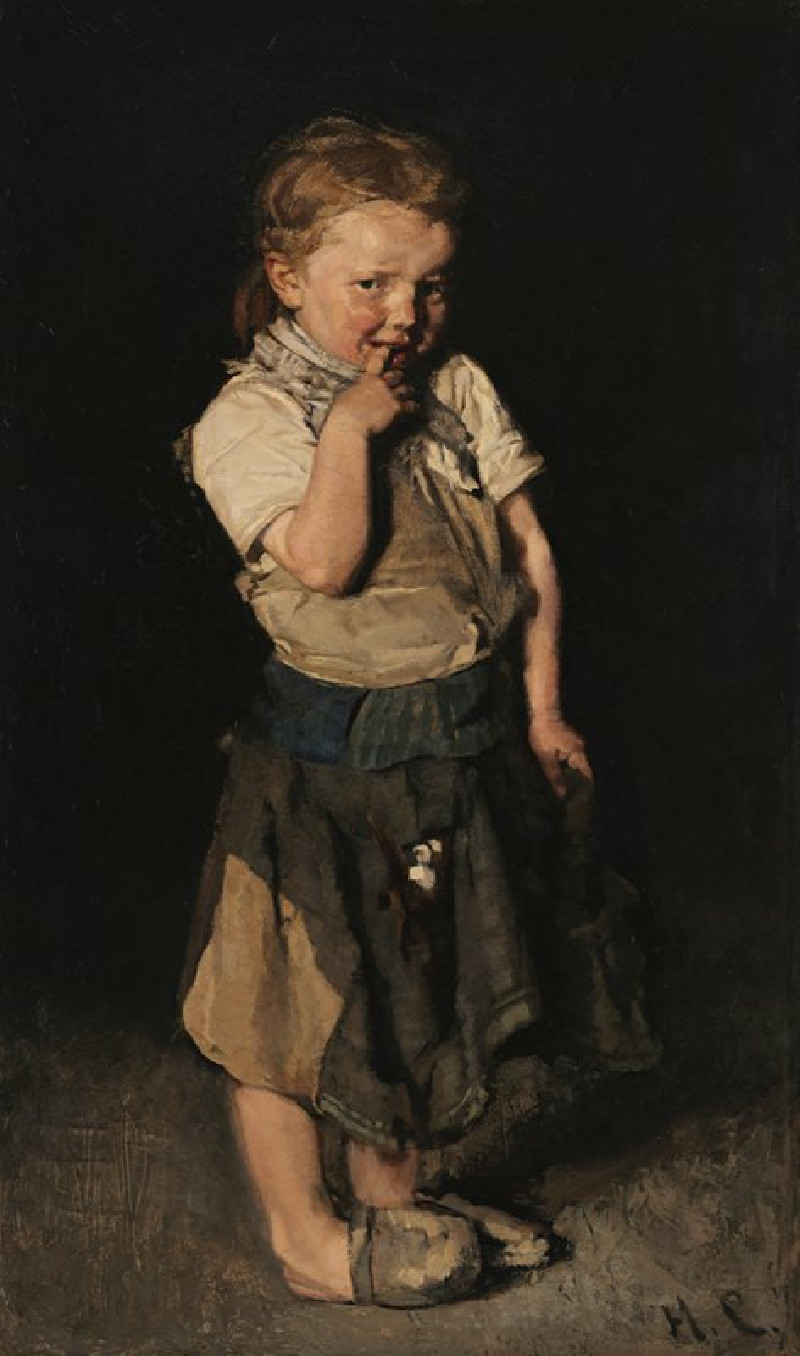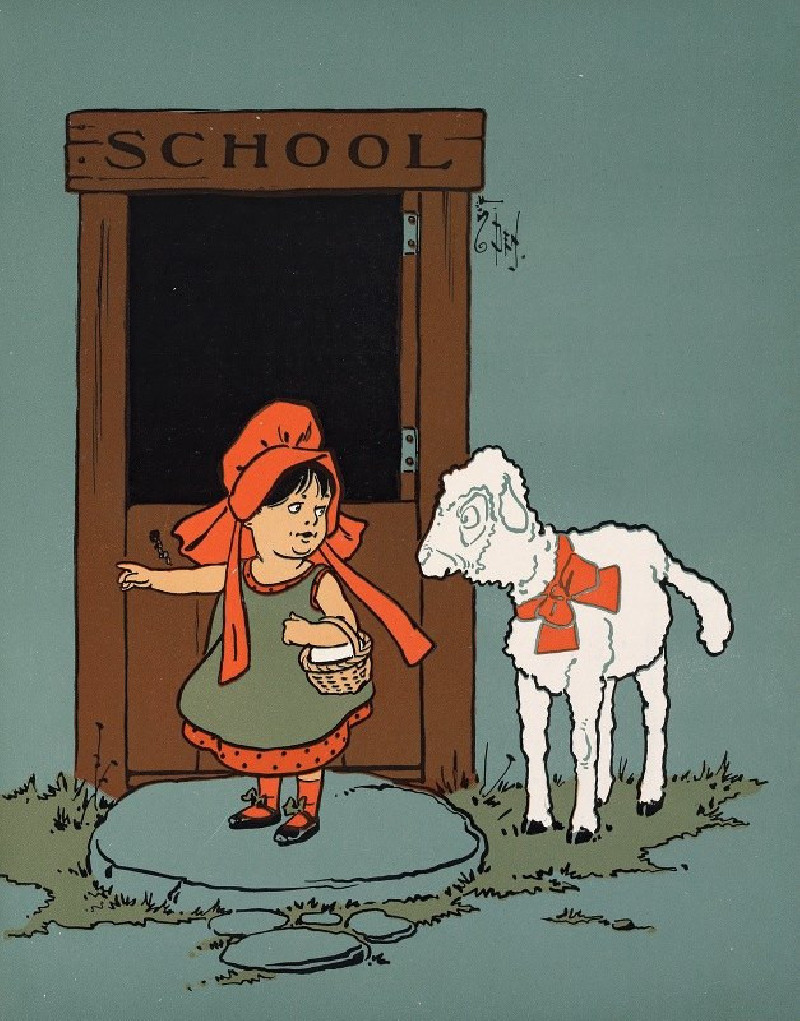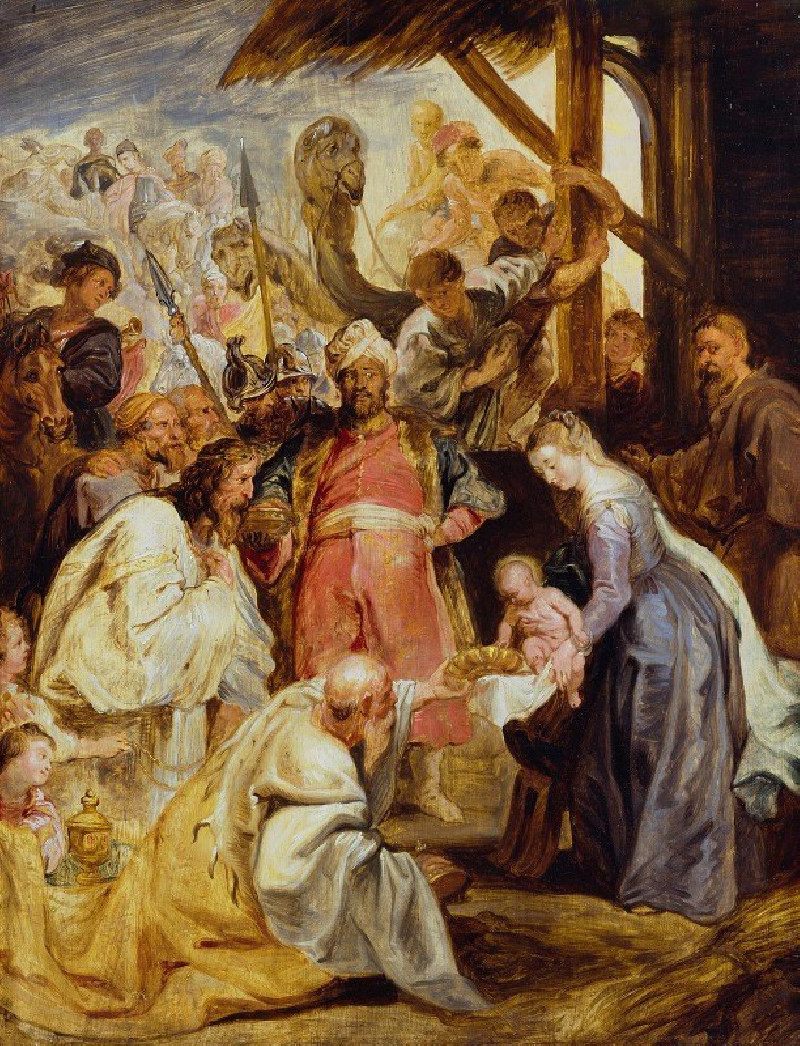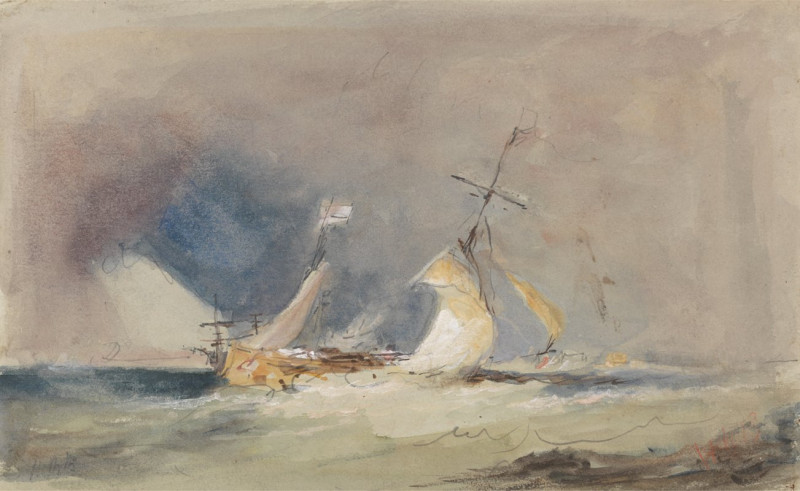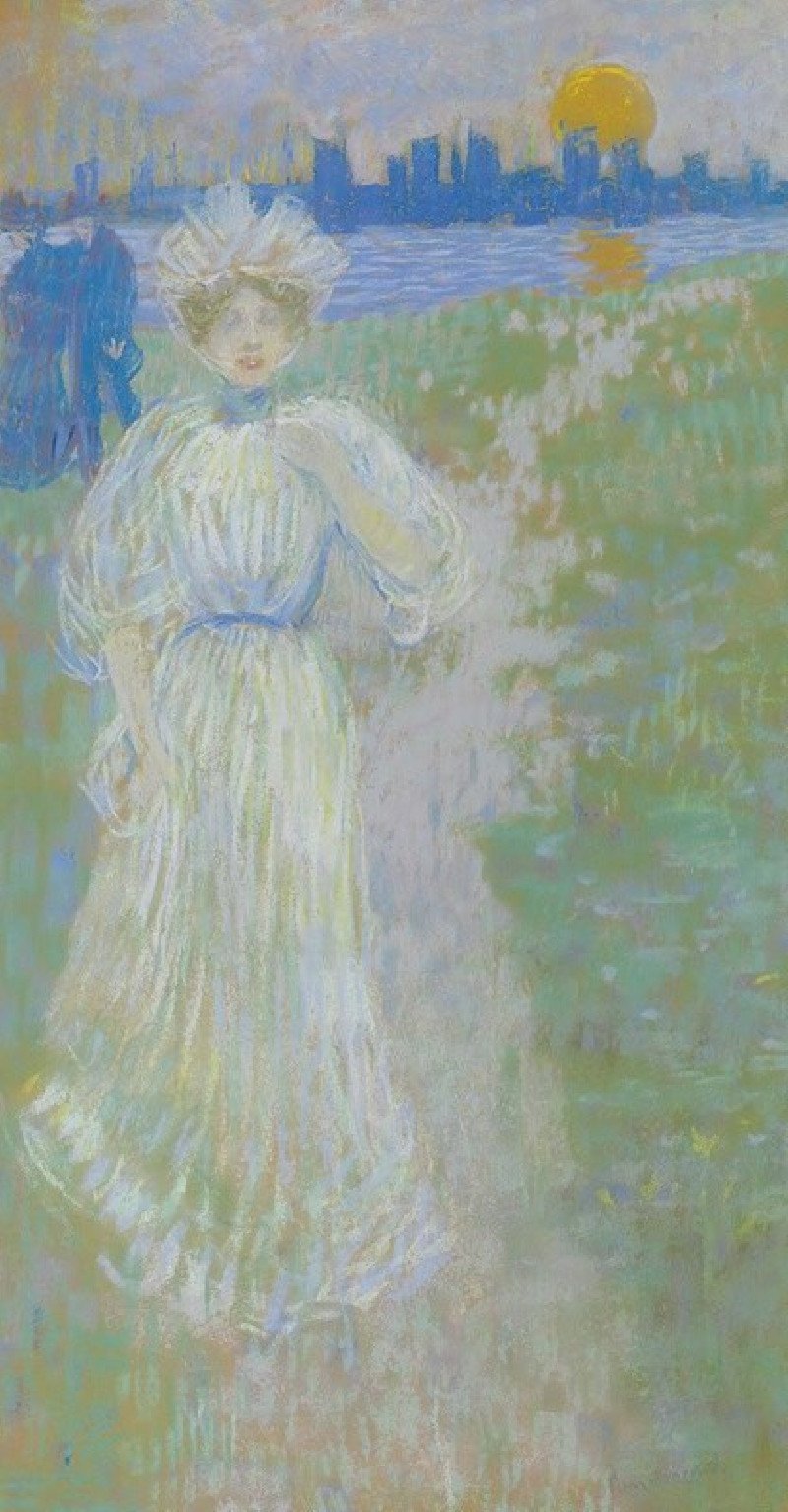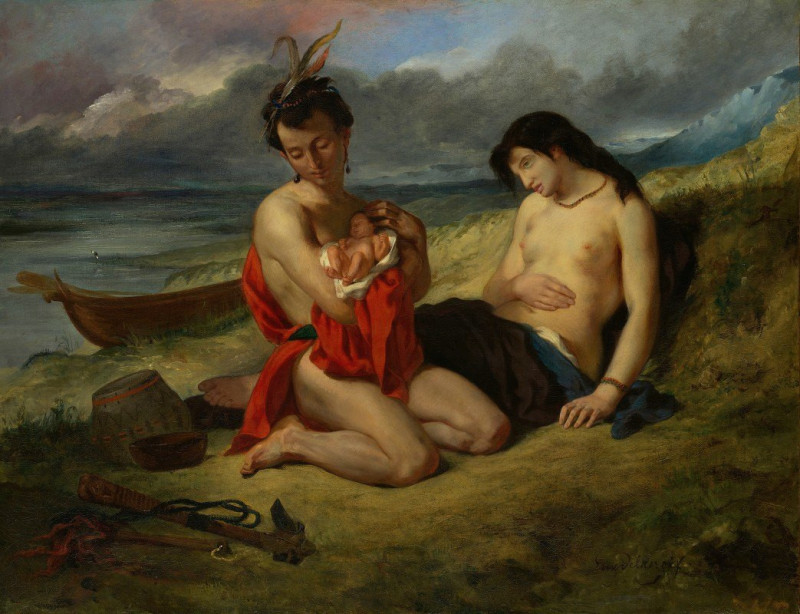Naturstudie XLVIII (1924)
Technique: Giclée quality print
Recommended by our customers
More about this artwork
Presented in captivating monochrome, *Naturstudie XLVIII* is an enchanting landscape painting by Karl Wiener, crafted in 1924. This artwork invites viewers into a serene yet dynamic natural scene, characterized by its skillful interplay of light and shadow. Wiener's adept use of charcoal allows for a rich texture that seems almost tangible, as rows of hills and mountains dramatically rise and dip under a heavy sky.The painting's expanse shows rolling terrains blanketed with dense, textured foliage, leading the eye to further distant peaks that fade into the mist. Above, the clouds show a movement that is both tumultuous and graceful, suggesting the transient beauty of nature's mood. Karl Wiener's signature, a modest "KW," is discreetly placed, allowing the intricate layers of natural detail to command full attention.In *Naturstudie XLVIII*, Wiener does not just capture a scene; he expresses the raw, overwhelming essence of nature—a theme that resonates with anyone who views this powerful piece. The artwork serves as a stunning reminder of the vastness and the refined chaos found in the natural world.

